12 Sep 2024
Across the globe, heat waves are becoming more frequent and more intense. Therefore, how to effectively combat the adverse effects of heat is an increasingly important topic of research.
Urban greening is a promising strategy to limit the negative health impacts of extreme heat; however, much remains to be learned about how best to promote and implement it. It is still unclear what types of greenspace matter most and how close greenspaces should be to living areas.
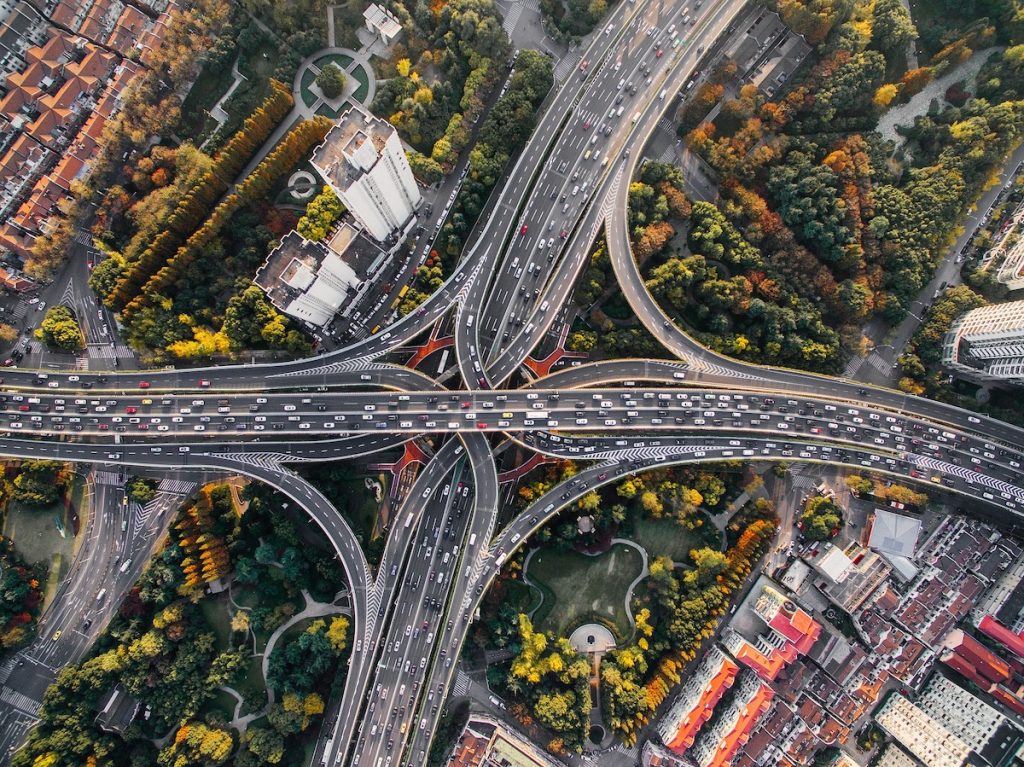
By Pexels via Pixabay
A new study published in Environment International shows that among different types of vegetation, forests within walkable distance from residential areas are particularly crucial in mitigating heat-related health risks.
The results add to previous studies conducted by the research team from universities and research institutes in China, the UK, and Spain that used big data to measure the positive effect of urban greenery on health.
Challenging common assumptions
Dr Jinglu Song is the first and corresponding author of the new study and an associate professor at Xi’an Jiaotong-Liverpool University (XJTLU)’s Department of Urban Planning and Design. She says that the findings can potentially reshape urban planning and public health strategies, particularly in densely populated cities with limited greenspace availability.
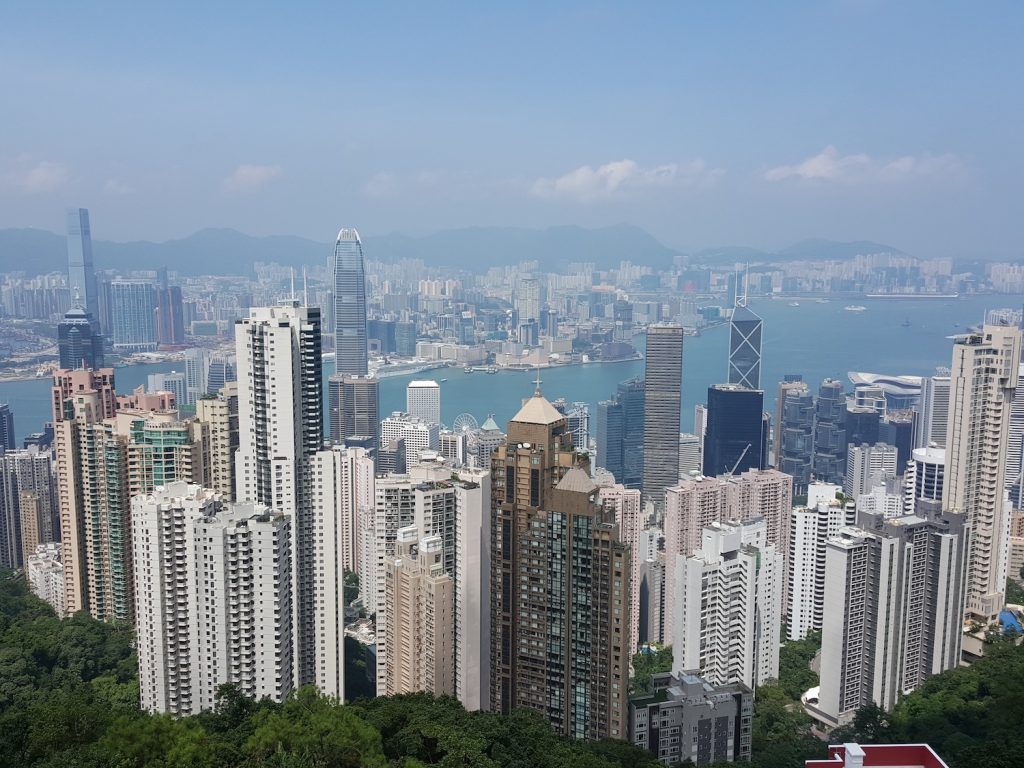
By raulplatino via Pixabay
Dr Song explains: “By analysing data from Hong Kong, we found that compared with other types of vegetation like grasslands, nearby forests have a pronounced impact on reducing heat-related mortality risks, particularly those within 1 kilometre of residential areas.
“Our findings suggest that urban greening strategies should focus on tree planting within walkable distances to local residents, in addition to adding other types of vegetation in a specific area.”
Dr Song says that the study challenges some conventional assumptions about urban greening strategies and has the potential to significantly impact urban planners, designers, and public health initiatives.
“For example, it challenges the idea that small greenspaces close to where people live are the most effective for improving health, especially those within 300 or 500 metres.
“Instead, our research suggests that broader-scale greening strategies, particularly involving trees, are more effective up to 1km away from communities,” she adds.
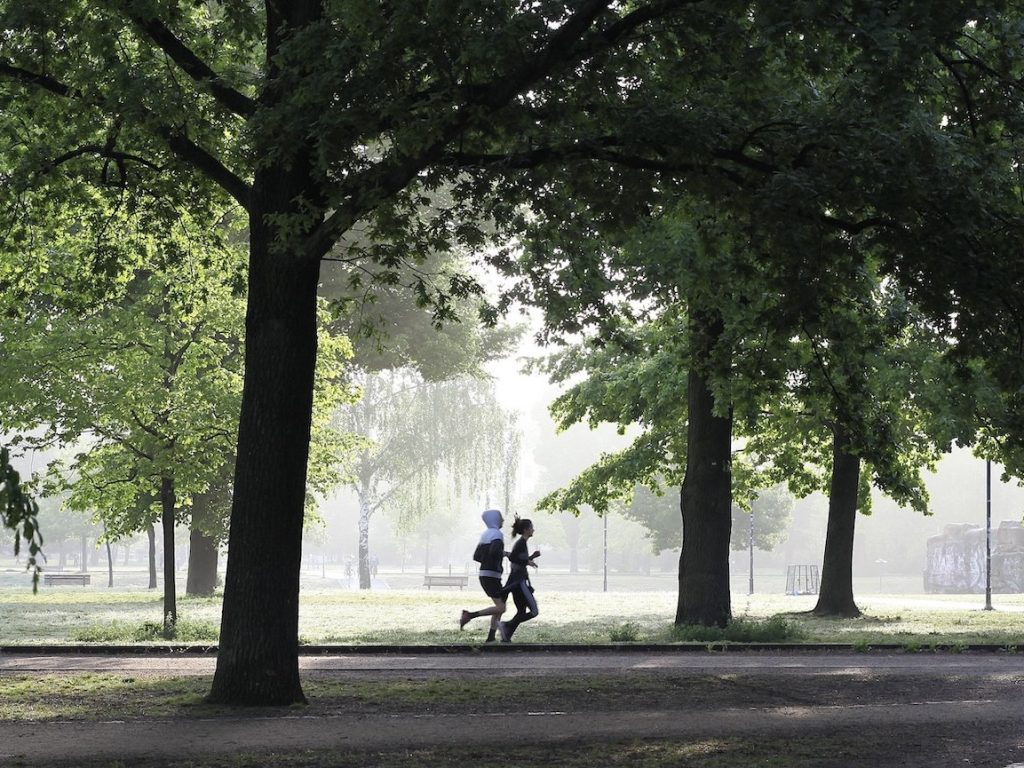
By wal_172619 via Pixabay
New approach leads to more accurate results
The study uses an innovative way to measure the average amount of greenspace coverage within people’s nearby environment, also referred to as “distance-based greenspace exposure”. Rather than using the traditional indices that measure the ratio of greenspace within a planning unit, it considers how many people actually use greenspaces and how far away they are from these spaces.
“Our approach provides a more accurate representation of how urban residents interact with greenspaces and how these interactions influence health outcomes,” Dr Song says.
The motivation for the research team to continuously delve into this topic stems from the need for concrete evidence demonstrating the health benefits of specific types of greenspaces and actionable information for urban greening initiatives.
“We will further explore this topic through expanded research across diverse climatic regions and urban settings. Potential research directions could include examining the effects of different vegetation types on other health outcomes beyond mortality, looking into the mechanisms through which green spaces influence health, and applying emerging technologies to enhance assessments of urban greenery.”
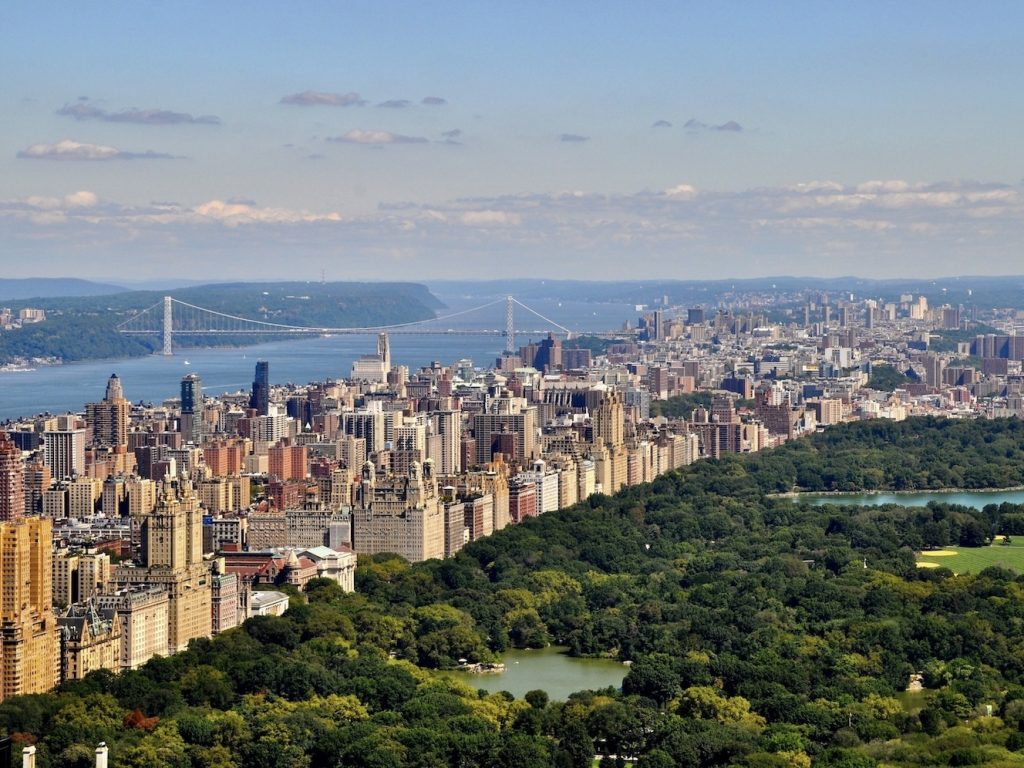
By dariasophia via Pixabay
The paper, “Do greenspaces really reduce heat health impacts? Evidence for different vegetation types and distance-based greenspace exposure”, is published in Environment International and can be accessed online.
By Yi Qian
Edited by Catherine Diamond
12 Sep 2024
RELATED NEWS
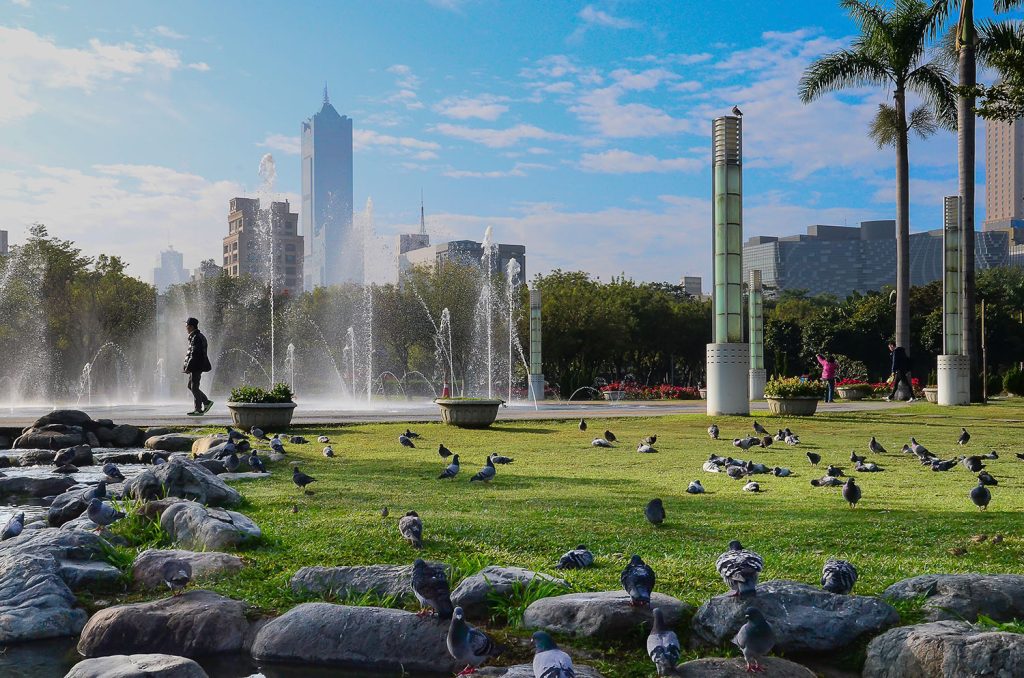
Green spaces can save lives, according to urban big data
Against the backdrop of global climate change, extreme heat events are becoming hotter, longer, and more frequent. Such sustained extreme heat has severely i...
Learn more
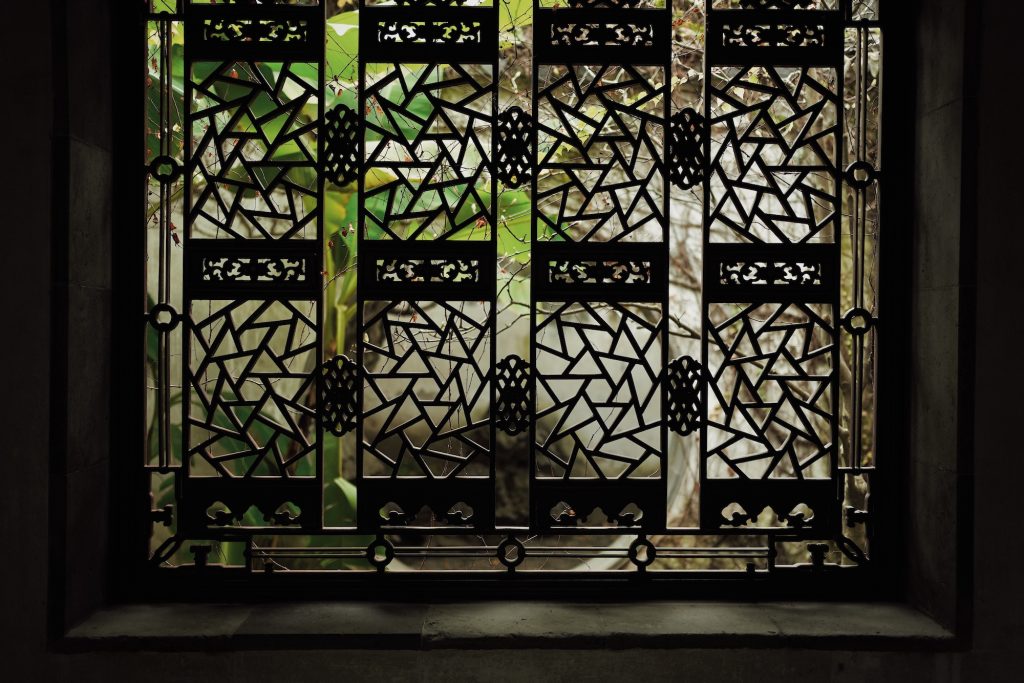
Ice-ray patterns: a rediscovery of past design for the future
Chinese ice-ray lattice, or “binglie” as it is called in Chinese, is an intricate pattern that looks like cracked ice and is a common decorative element used...
Learn more

New methods for improving water management to develop sustainable cities
Water, as one of the essential natural resources, is vital for the growth of any region. How much water a city has access to and how water is distributed is ...
Learn more







